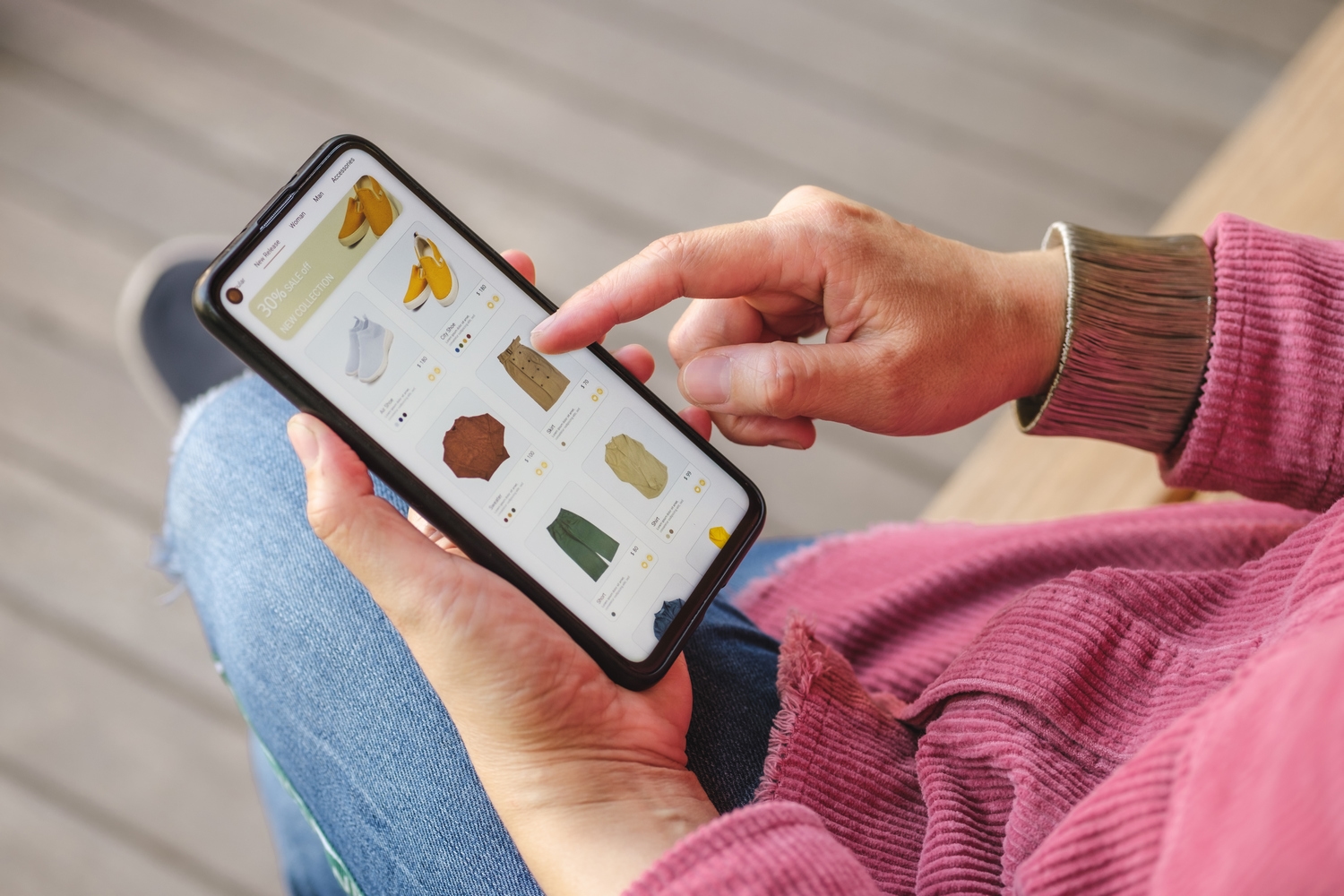Efficient Magento 2 webshop integration for mobile app
Development experiences
In the world of e-commerce, user experience is becoming increasingly important, especially on mobile platforms. Shoppers are increasingly using their mobile devices to make purchases, and expectations are rising. During the development of the mobile application for the Háda online second-hand clothing store, we were given a key task that could significantly contribute to optimising the customer experience: Supporting the integration of the mobile application with Magento 2.
Goals
The aim of the development was to implement an efficient integration between the Háda webshop mobile application and the Magento 2 system. The Magento 2 e-commerce platform behind the webshop had to be connected to the application to create a seamless data flow and user experience. The communication was based on Magento’s REST API and GraphQL endpoints.


Challenges
During development, we faced a number of technical challenges, not least of which was bridging the gap in functionality between the web and mobile interfaces. Due to the different user requirements of the mobile application, some functionalities had to be modified or reworked. In addition, the limited number of GraphQL endpoints available in the current version of Magento also complicated the development process.
Payments integration
One particularly complex challenge we faced in integrating payments was the proper management of back payments. As mobile apps often redirect users to an external website during the payment process, it was critical to ensure that the return to the app was seamless. This required close collaboration with payment providers and the development of appropriate redirection logic.
Updates
Another important area that needed attention was the smooth handling of subsequent version updates. As mobile applications and backend systems are constantly evolving, it was necessary to ensure that subsequent version updates did not cause disruption to operations. To ensure this, we thoroughly documented all development steps and worked closely with the application development team to ensure future updates were handled smoothly.

Experiences and lessons learnt
During the development process, we gained a lot of valuable experience not only in technical implementation, but also in teamwork and communication. An effective model of cooperation between the two development teams was established. Mutual support and continuous consultation helped us to make decisions and solve problems quickly.
The basis of communication was the JIRA Service Desk system, which enabled transparency of the individual subtasks and problems that arose. The prioritisation and scheduling of tasks was always transparent and teams could easily monitor the progress of the project. This system allowed all parties to have a clear overview of the status of tasks and to react quickly if a problem arose.

Summary
The integration between the Háda mobile app and the Magento 2 backend system was successfully completed, overcoming several challenges to create a stable and efficient system. The development of custom API endpoints, the integration of payment systems and the management of version updates all played an important role in the success of the project. Close collaboration between the two development teams and transparent communication based on JIRA were key to the successful implementation of the project.
Looking to the future, we will continue to work on enhancing the connection between the mobile app and the web interface to provide an even better user experience for Háda customers.

